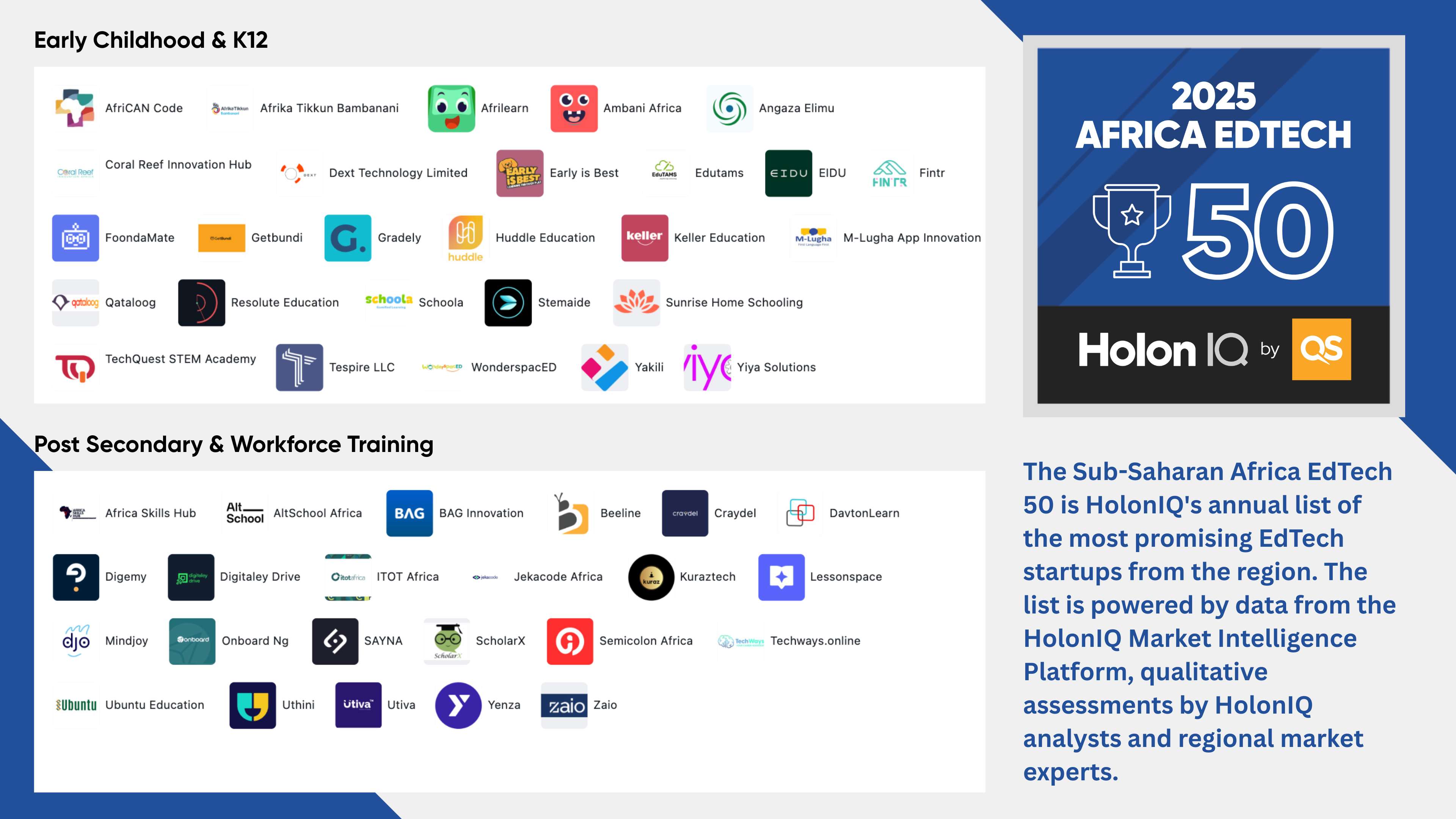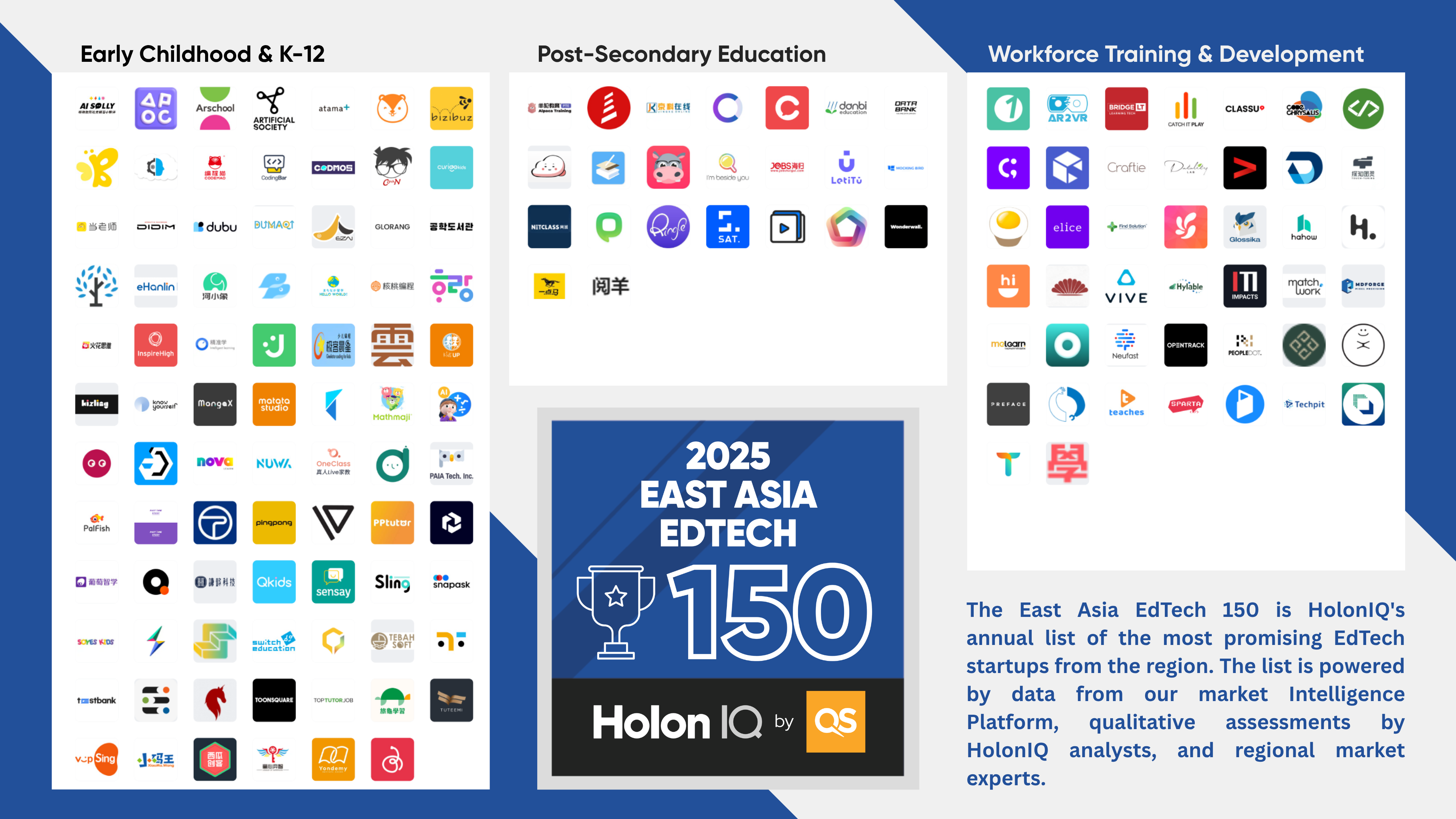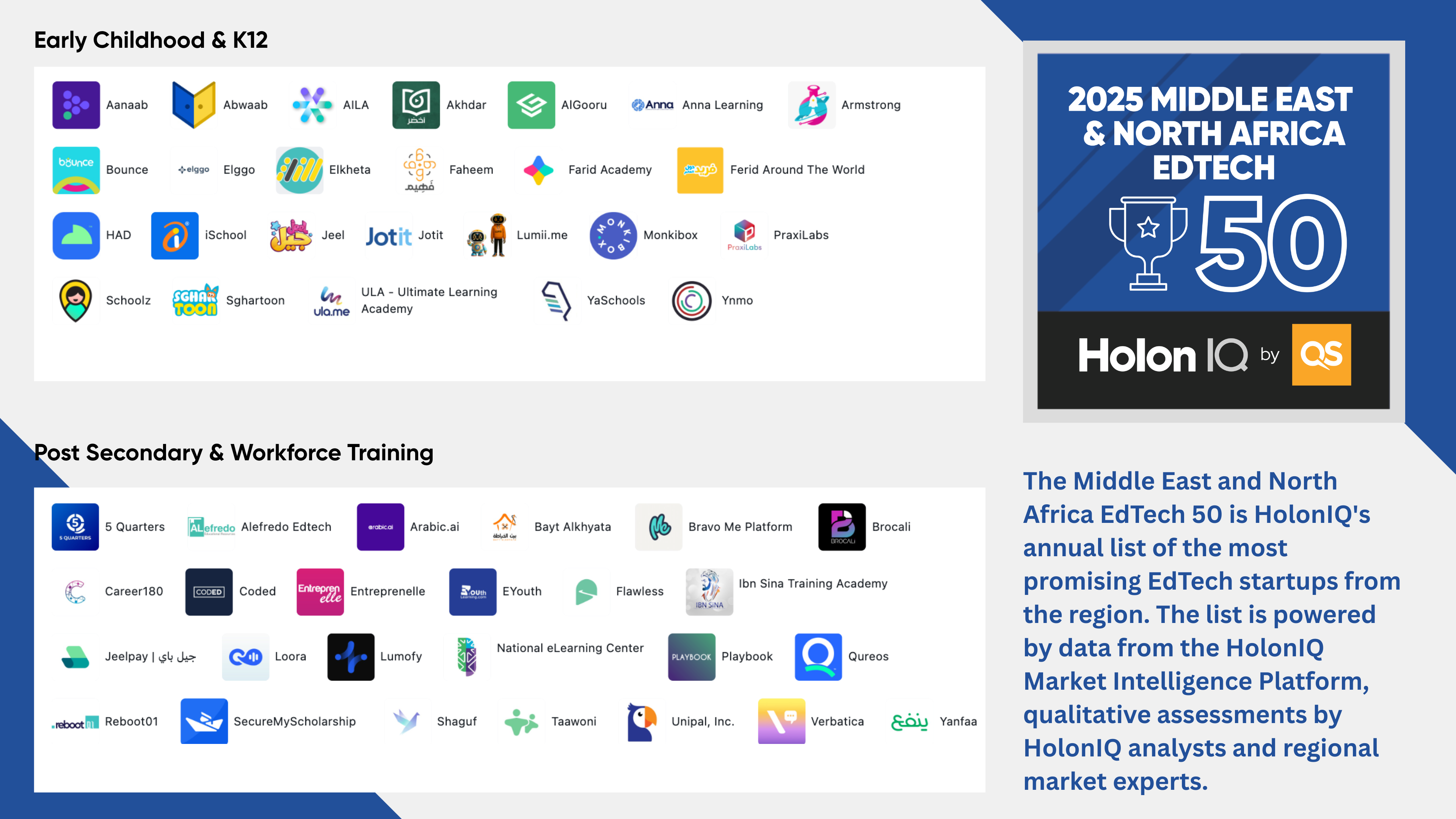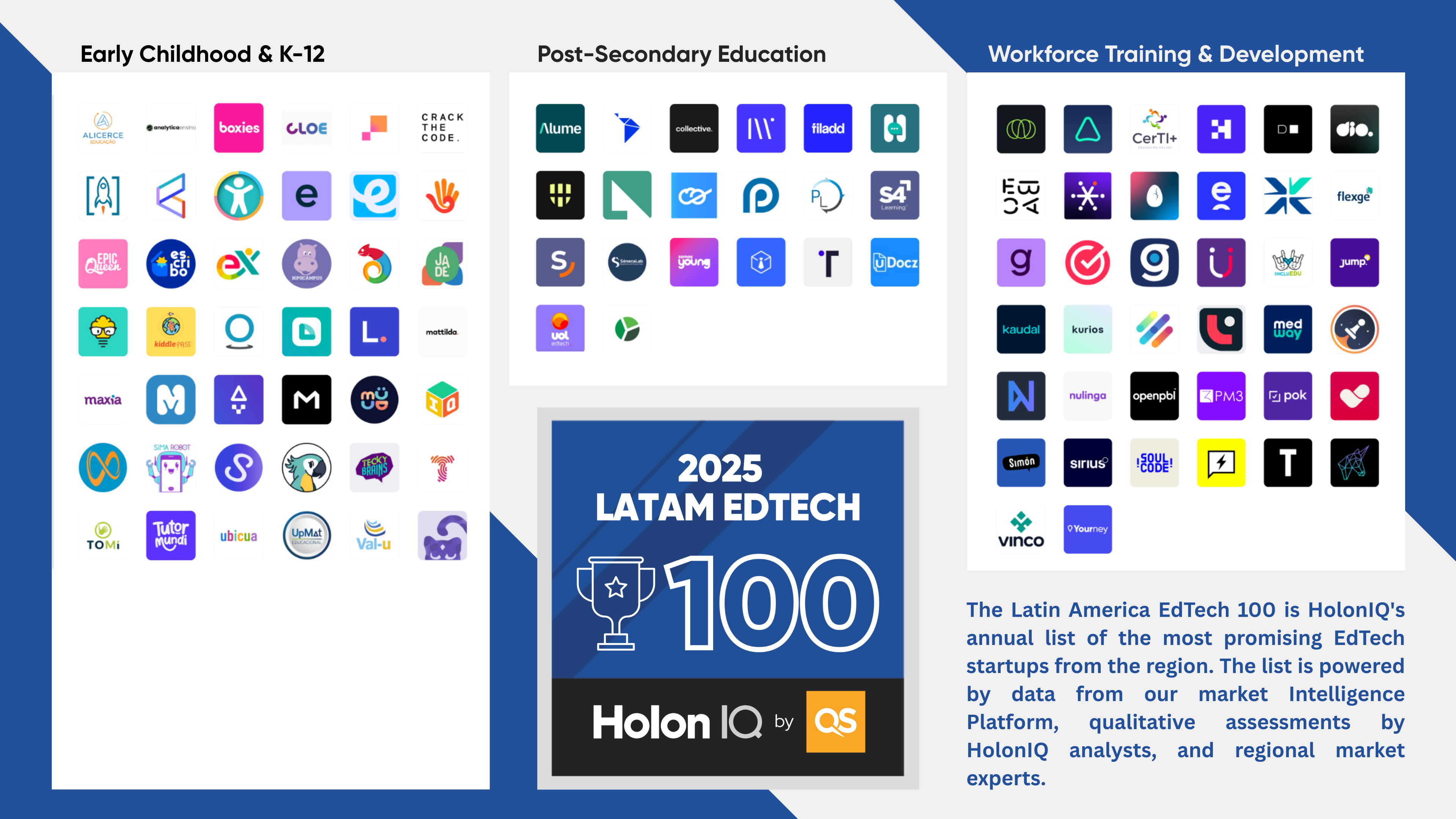Power to the Learner. Android Style.
More people around the world access the internet via smartphone than any other device. Emerging economies such as Asia and Africa are leapfrogging fixed infrastructure, they have enormous and younger populations and smartphone-only internet use is much higher at up to two-thirds of all internet traffic. (p.s. by 2030 it is estimated that Asia and Africa will represent 79% of the world’s population).
Following global consumer trends in the use of mobile technology, education is also set to feel the weight of learner preference with respect to what, how, when and where learning occurs. Next year there will be 3 billion smartphone users around the world, and average daily time spent accessing online content from a mobile device is currently at 185 minutes among Millennials, 110 minutes for Generation X and 43 daily minutes for Boomers.
3B Smart Phones
500K Education Apps
With this reach, diffusion and user acceptance, mobile technology has the opportunity to power access to learning opportunities, social and personalized learning, peer-to-peer delivery models and micro-credentialing like never before. The power is, quite literally, in the hands of the learner.
The Education Category already represents the second and third most popular categories on the Google and Apple app stores respectively, with approximately 500,000 education apps in total (roughly 8% of all apps).

74% Android. 23% Apple.
There seems no doubt that mobile is one of the biggest trends globally and also represents a significant opportunity for education at every phase of learning. In order to better understand what’s happening in the Global Education App space, for the last year, HolonIQ has been indexing education apps from Google and Apple OS.
It is important to reflect on the different market profile and footprint of Apple vs Android operating systems when evaluating the education app landscape. Across the G20, Android’s operating system drives nearly three-quarters of all smartphones, Apple nearly one quarter with other operating systems like Blackberry, Linux, Samsung, Series 40 and Taizen making up the residual which is still over 50 million handsets.

Chinese Android Education Apps
With 775m smartphone users and almost 600m of them using android devices, China is by far the largest app market in the world. China’s appetite for both technology and education makes a mobile first approach a must for education companies.
Android education apps in China reflect the broader ‘out of school’ EdTech market with a focus on language learning, tutoring and test prep apps dominating.

Indian Android Education Apps
With almost 400m users, India is the world’s second largest smartphone market. Education apps feature highly in this education conscious market and generally reflect the diversity of learning across the spectrum. STEM related apps dominate the paid category with 7 out of the top 10 paid apps being science, programming and maths content.
The Upskilling category dominates the top grossing category, including apps aimed at adults keeping their professional skills up to date and lifestyle learning apps such as braintraining.

US Android Education Apps
The USA has over 200m smartphone users, approximately half Apple and half Android users. In the android education category, top rating apps are Photomath (free), Toca Boca (paid) and Duolingo (grossing). Maths, language learning and games feature in the top free apps which game-based learning dominate the paid category.
Language Learning and Upskilling apps make up the majority of top ten grossing android education apps.









.png)







